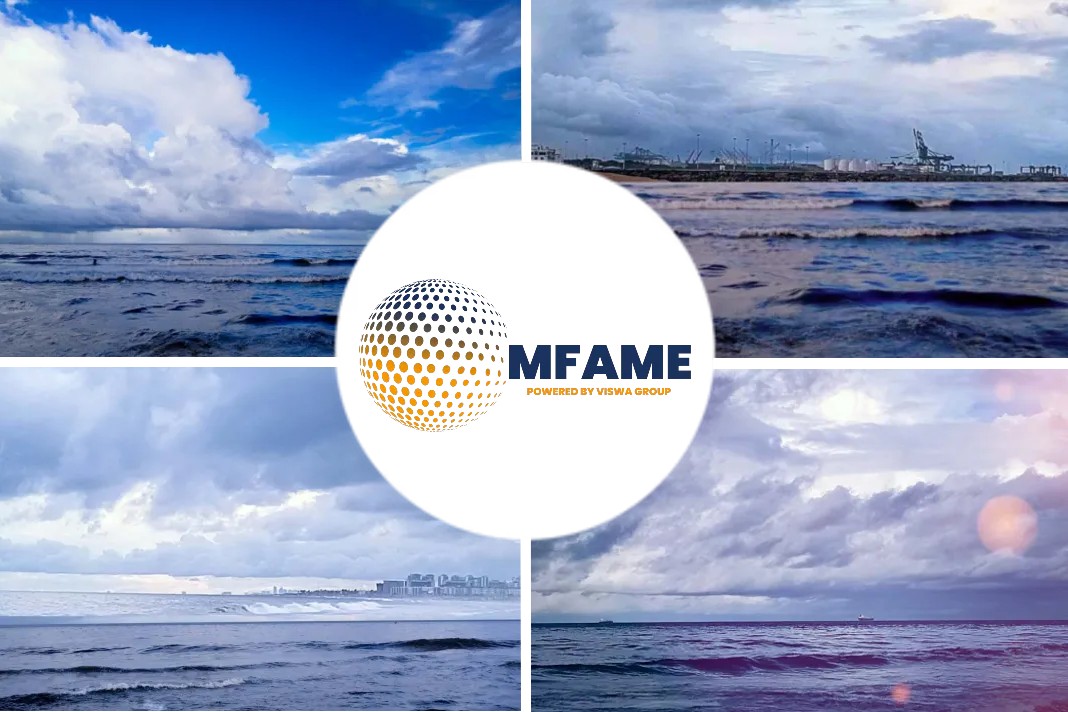According to Drewry, IMO’s 0.5% sulphur content regulation is set to divide ocean carriers into two distinct low and high scrubber groups, says an article published in The LoadStar.
Low-scrubber group
According to Drewry, the first group is the ‘low-scrubber users’ with an average of just 1% of their ships equipped with the exhaust gas cleaning systems, operating only a handful of vessels, 2% of teu capacity, able continue to burn cheaper 3.5% sulphur content heavy fuel oil (HFO).
This group will include low-sulphur fuel oil (LSFO) advocates and “anti-scrubber” carriers Maersk and Hapag-Lloyd, ONE, Cosco, Yang Ming and PIL.
High-scrubber group
The second group, which Drewry defines as ‘high-scrubber users’, will have an average of 7% of their vessels with scrubber technology installed in time IMO 2020, representing an average 10% of their slot capacity.
This group, led by MSC, arguably the most pro-scrubber line, is expected to have around 250 of its 560-vessel fleet equipped with scrubbers by 1 January, with Evergreen potentially with 140 of its 208-strong fleet with a scrubber installed.
CMA CGM and South Korean state-subsidised HMM also fall under this group.
CMA CGM
CMA CGM, is due to receive nine 23,000 teu LNG-fuelled ULCVs next year.
South Korean state-subsidised HMM
South Korean state-subsidised HMM, has an order for nine 23,000 teu ships fitted with scrubbers and is also chartering tonnage with scrubbers.
Not all will be ready
Industry consultant Alphaliner estimates that some 840 containerships, equating to around 8.1m teu and representing 36% of the global container fleet by capacity, will have scrubbers fitted.
Still, several will not be ready for IMO 2020, due to delays and backlogs in the installation process at dry docks.
Carriers with and without scrubbers
With scrubbers
The carriers that are investing around $5m per ship for scrubber technology have gambled on the continuation of a significant price spread between HFO and LSFO to recover the cost and operational disruption of the installation process as well as to be more competitive than their ‘low-scrubber’ rivals.
Without scrubbers
Ocean carriers that do not have scrubbers fitted on ships will need to start replenishing the tanks of these vessels in the final quarter of the year in order to be compliant with IMO 2020 and it is probably only when this demand spike hits the market that the true premium for LSFO will become clearer.
30% mark-up on HFO at Asian ports
At present there is a wide range of prices and Drewry noted that for July and August compliant LSFO was showing only a 30% mark-up on HFO at Asian ports.
Meanwhile, carriers will begin to roll out their low-sulphur surcharges in the final months of the year in a bid to compensate for the extra cost of LSFO.
Surcharge imposed on customers
It remains to be seen what surcharges carriers will impose on their customers for containers carried on scrubber-fitted vessels, or what carriers that have not installed scrubbers but happen to partner with a ‘high-scrubber user’ in an alliance will deem to look to recover.
Did you subscribe to our daily newsletter?
It’s Free! Click here to Subscribe!
Source: TheLoadStar


















